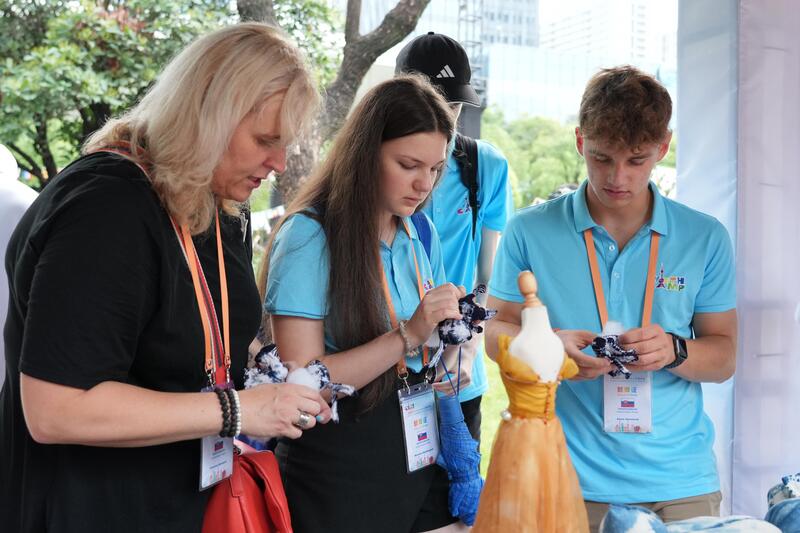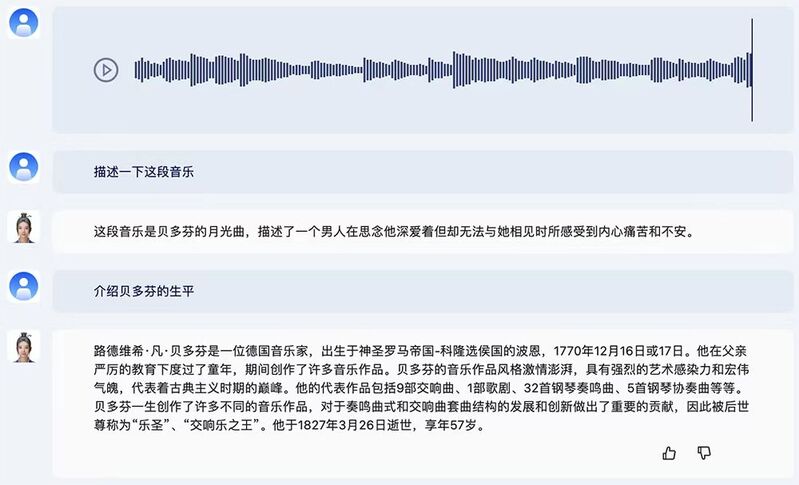Where did the scientist who first found dark matter come from? Three Questions from Li Zhengdao Research Institute ③, Billion Yuan "Hard X-ray" Boosts Astronomy | Scholars | Matter
On the northern edge of the Qinghai Tibet Plateau, the "Roof of the World", and in the uninhabited area of the Qaidam Basin, along the only winding mountain road that is still being fenced, a journalist from Liberation Daily's Shangguan News recently climbed to the top of Mount Saishiteng, which has an altitude of over 4000 meters, with a car. A more arduous project than the Heavenly Road is the rise of several peaks on the Wanren Solitary Mountain, all of which are equipped with observatory arrays with white domes. From Tsinghua University, University of Science and Technology of China to the National Astronomical Observatory, there are a total of 9 astronomical telescope projects with a total investment of nearly 2 billion yuan in this area.
Cold Lake Astronomical Observation Base
Academician Zhang Jie, former president of Shanghai Jiao Tong University and director of the Li Zhengdao Research Institute, recently led a team to Qingdao and signed a cooperation agreement with Shanghai Jiao Tong University, Qinghai Provincial Department of Science and Technology, Haixi Prefecture, and Qinghai University to jointly build the JUST Spectral Telescope project. JUST is a 4-meter aperture telescope with extreme detection performance, and plans to conduct sky surveys in 3 years, achieving a series of breakthrough research results with significant impact.

Looking up at the brilliant starry sky and overlooking the desert and Gobi, this cold lake astronomical observation base has filled the long-standing gap in the location of international high-quality observatories in the eastern hemisphere. However, it is still 70 kilometers away from the nearest town with a population of over 500, and the current situation of electricity but no water will inevitably test the basic research workers who are willing to sit on cold benches and pursue light from afar in the dark at night.
Under construction of the Peak Observatory
[Platform: Free exploration, also organized]
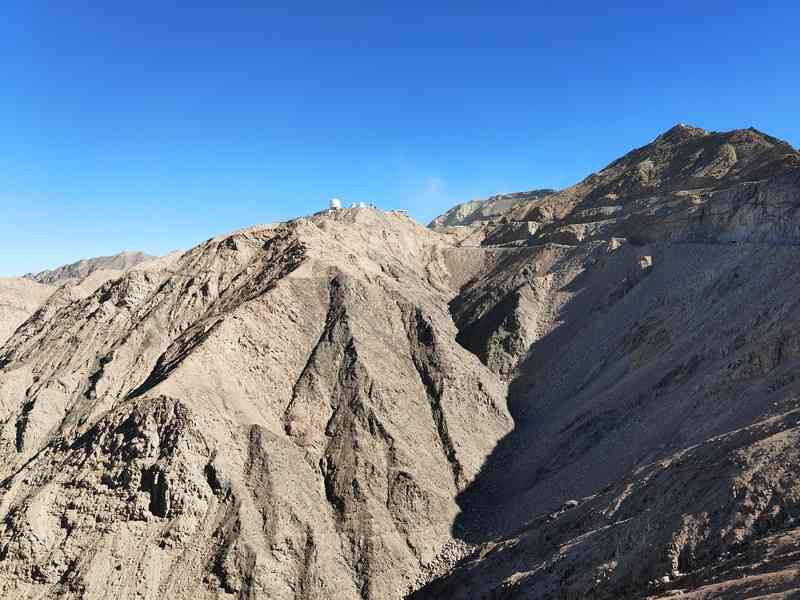
In the paradigm shift of scientific research, basic research is driven by curiosity and encourages free exploration, which is not contradictory to organized scientific research, especially relying on high-level support platforms under the new national system. Feng Fabo, a Li Zhengdao scholar from the Department of Astronomy and Astrophysics at the Li Zhengdao Institute, walked into the Cold Lake Astronomical Observatory a few months ago to promote the JUST Spectral Telescope project on site.
Schematic diagram of JUST spectral telescope.
In addition to hardware heavy equipment, Feng Fabo also has a big plan behind him. The "Jiaotong University 2030" program, funded by the "Double First Class" key construction funds, has listed its "Tianyu Pioneer Program - Searching for a Second Solar System" as one of the first batch of major basic research projects in the field of physics. He accounted for as much as 100% of the "equipment procurement" in the budget preparation, but considering the special nature of the project, after being discussed by various experts, the funds were fully allocated in one go after the project was approved, and the school also obtained diversified support such as government subsidized loans.
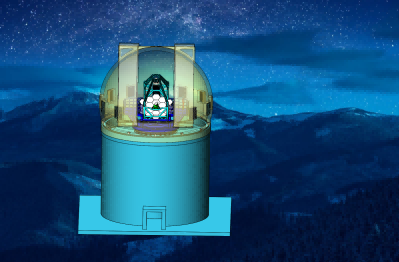
When asked why this plan was named "Jiao Tong University 2030", Academician Lin Zhongqin, former president of Shanghai Jiao Tong University and former director of the 2030 Plan Special Committee, replied that facing the current bottleneck of scientific and technological development, the school hopes to have more than 10 years of medium to long-term support, continuously provide key scientific and technological fields and research directions that meet the national development strategy and major needs, and promote a number of major original achievements with Jiao Tong University characteristics in several fields during the "15th Five Year Plan" period.
Zhangjiang High School Research Institute is adjacent to Shanghai Light Source
A tower near the water catches the moon first. The Li team of the Dark SHINE project, which is pursuing dark photons, is eagerly anticipating the nearby research institute's "Shanghai Light Source" platform to deliver good news day and night. The Shanghai hard X-ray free electron laser device under construction 30 meters underground is 2 kilometers long, with a total investment of nearly 10 billion yuan. It is the largest and longest national major scientific and technological infrastructure project in China to date. Although this "national treasure" is scheduled to be completed in 2026, the project leaders Li Shu and Liu Kun have already made an early appointment to complete the "layout".

Liu Kun explains the detection principle of the "Dark Light Plan"
The "Dark Light Plan" will rely on this large scientific device to design a dedicated 8G eV high-frequency single electron beam line. By bombarding fixed targets with high-frequency electrons, potential dark photons will be generated in batches, achieving a comprehensive measurement and accumulation of dark matter production process. Through self-developed detector devices, the invisible decay process from dark photons to lightweight dark matter will be monitored, gradually improving detection accuracy.
From the Qinghai Cold Lake Astronomical Observation Base, which resembles the surface of Mars the most on Earth, to the underground laboratory in Jinping, Sichuan, which is below 2400 meters deep, from tracking the dynamic universe, searching for habitable planets, to answering how dark dark dark matter is, the Li Zhengdao Research Institute experimental platform, which has a "super brain" in Shanghai, has gone from heaven to earth.
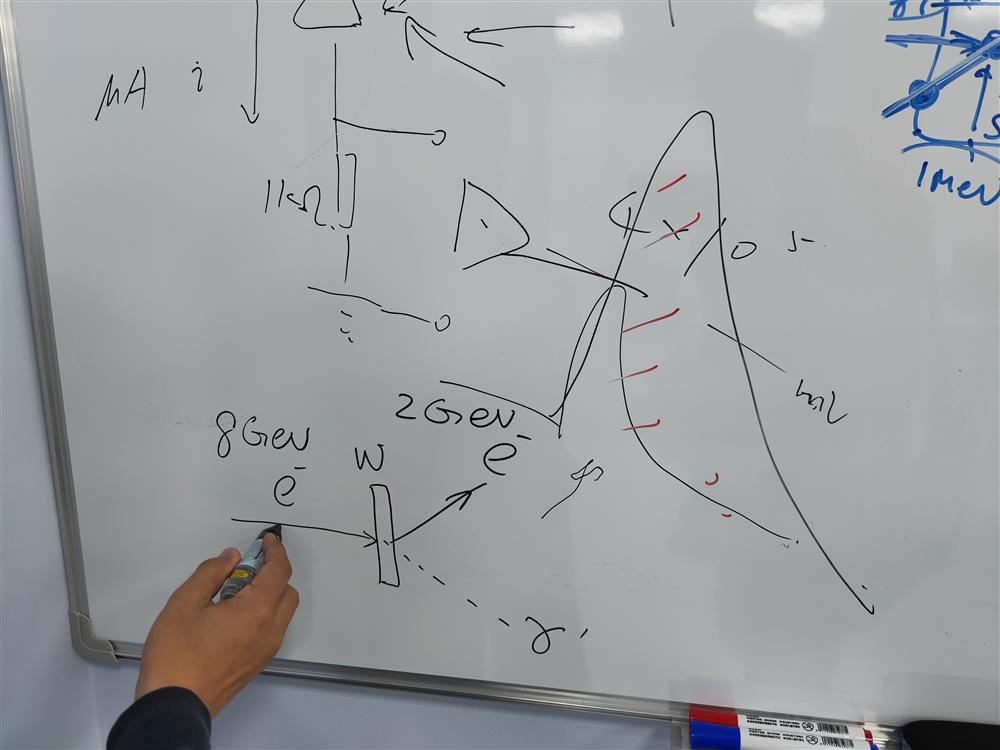
Dome of spherical hall
[Atmosphere: Fearless of risks, tolerant of failure]
"The speed of China and the efficiency of Shanghai have made the development of Li's institution very rapid." As a Nobel laureate in physics, Academician Frank Vilcek, the founding director and current chief scientist of Li's institution, said, "Li's institution has become very internationalized, and its operating mechanism and model are different from any traditional institution in China that I know of."
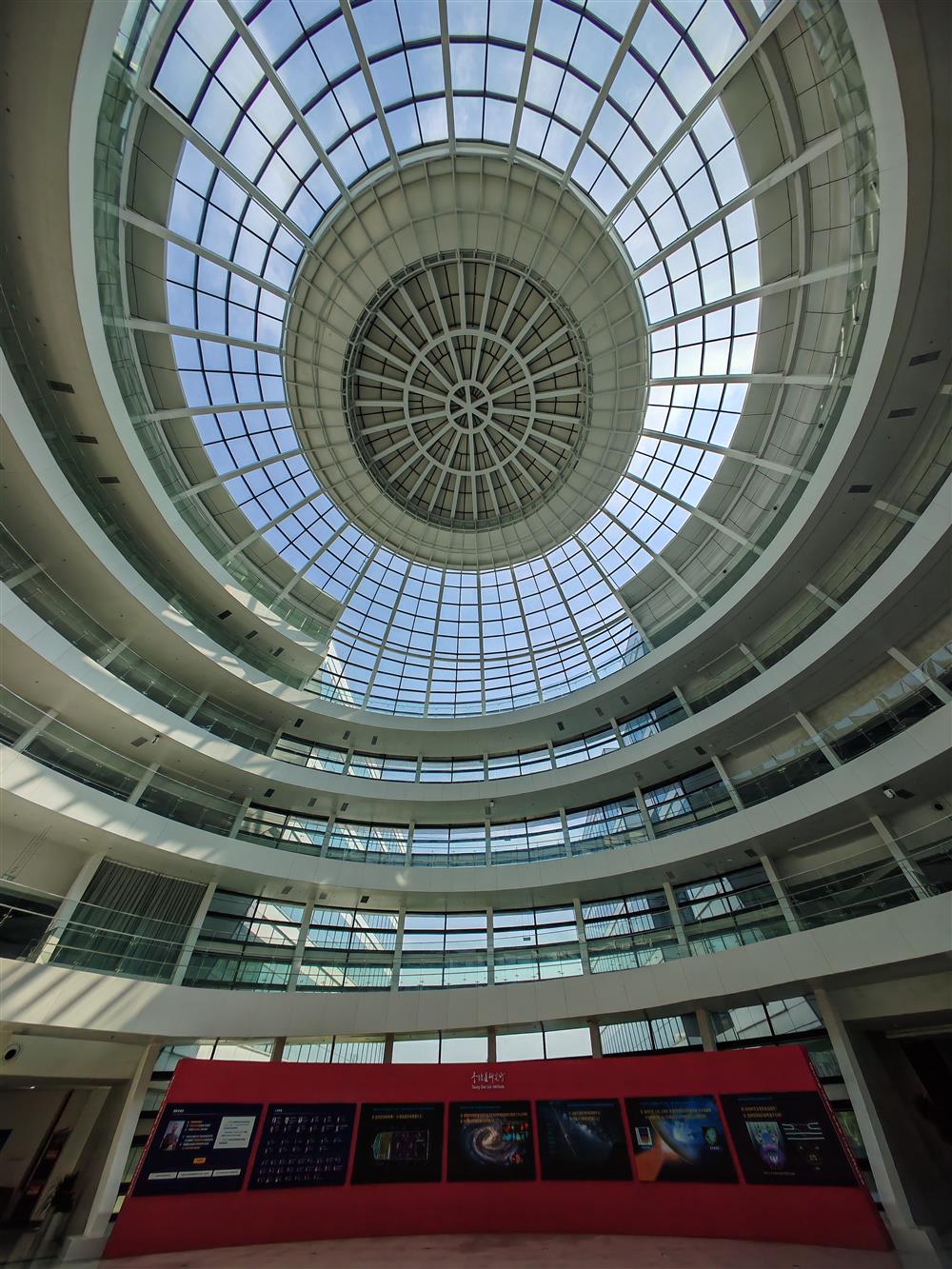
In fact, Li Institute is also different from foreign research institutions. After experiencing from Japan to Europe and America, in the eyes of Xu Jinxiang, a Malaysian scholar named Li Zhengdao, there are more scientists in their fifties and sixties in developed country laboratories, but here they are clearly younger, full of vitality and energy.
There is an exception, Li Zhengdao, who is affectionately known as the "old grandpa" at the Li Institute. Professor Yanagita Mian has been at the Li Institute for almost 4 years and has not returned to Japan during the Chinese New Year. He was previously a professor at the Kaffrey Institute for Mathematical and Physical Research at the University of Tokyo, and became famous during his youth. A few years after graduating with a PhD in 1981, he proposed the "seesaw mechanism" in the field of particle physics at a conference in Tokyo. Now facing members of the institute, mainly young people from various countries, he is also confident that he will continue to do his best to contribute to the cultivation of young scientists.
Shanghai Jiao Tong University Zhangjiang Higher Education Research Institute Group Building
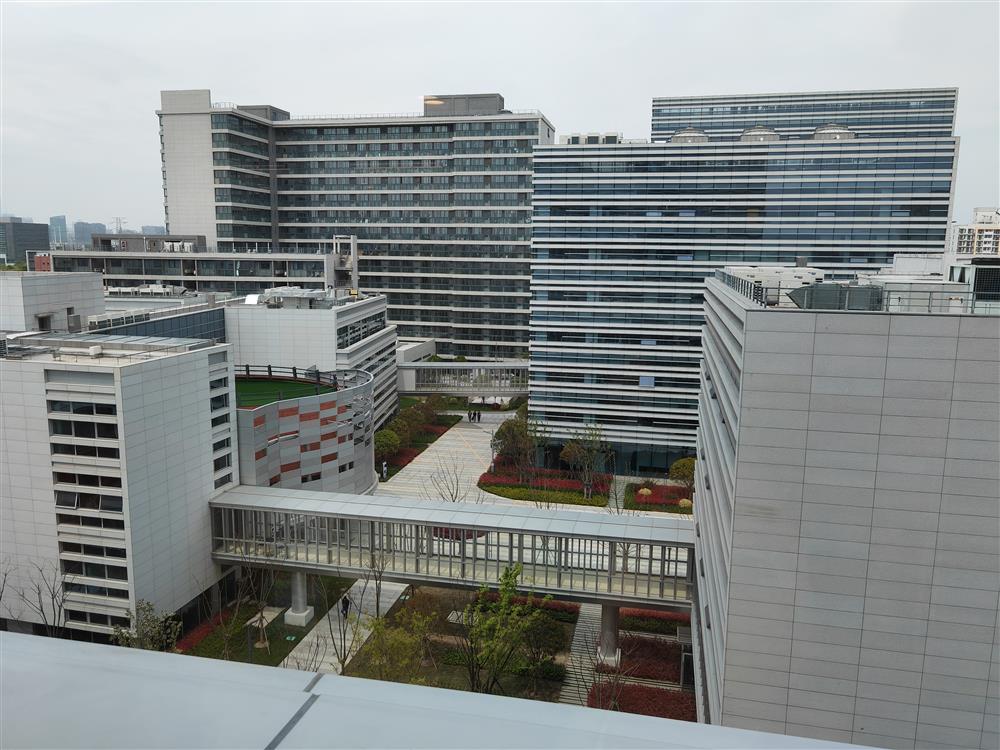
A relaxed atmosphere, yet tolerant of failure; Not afraid of risks, but self pressurized. In the view of Academician Ding Kuiling, President of Shanghai Jiao Tong University, there should be "three zones" in basic research: a "concentration zone" for strategic oriented systematic basic research, a "fusion zone" for market-oriented applied basic research, and a "free zone" for frontier oriented exploratory basic research. From Institute Li to Zhangjiang Institute of Advanced Studies, there are "free zones". "The former constantly challenges the boundaries of cognition by 'delving deeper' into the material world's maxima and minima, while the latter breaks the boundaries of disciplines through 'crossing' and opens up the technological frontier in Xinjiang."
At present, Li Institute has gathered world-class scientists and young scientists full of dreams, providing young people with more freedom to explore, and gradually building a stable research support system, improving the evaluation system that conforms to the laws of basic scientific research, encouraging these top talents to boldly challenge and achieve more original breakthroughs from 0 to 1.
Li Shu, Xu Jinxiang, and others in the laboratory
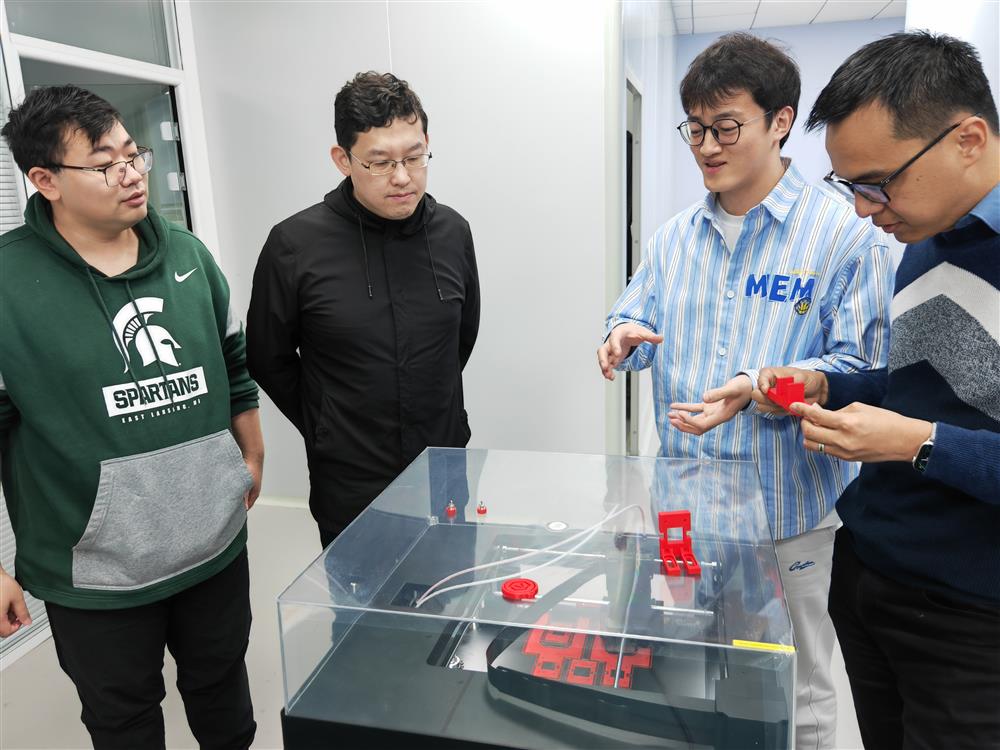
Cross national combinations, each displaying their own abilities. Although the mysterious particle that Xu Jinxiang has been searching for for for many years, the muon, is not dark matter, its basic properties may be affected by dark photons, which may deviate from theoretical predictions. Therefore, precise measurements of its properties by scientists can provide indirect evidence for the existence of dark photons. To this end, Xu Jinxiang and Li Zhengdao, scholars who constantly pursue light, Li Shu and Liu Kun, hit it off and also joined the "dim light program" led by Chinese young scientists, designing and developing detection models that do not have ready-made "reference objects".
Li Shu Laboratory Materials Production
The "fourth generation light source" Shanghai hard X-ray free electron laser device under construction can provide high-energy electrons necessary for experiments in the "dim light program". Therefore, Li Suo and his legal representative, Shangke University, as neighbors, have reached an intention to cooperate. According to the indicators in the task book, after about a year of operation, it is highly likely that dark photons will be discovered in the computational area sought by this multinational team. When it comes to this matter, the eyes of these young men sparkle with light.

Do they have the potential to become the world's first scientists to find dark matter? "If I try 100 times, I may fail in the first 99 attempts," said Zhong Ruidan, a young scientist returning from overseas who is also a scholar of Li Zhengdao. She also drinks coffee and talks about topics with Xu Jinxiang and others on a handwritten touchscreen. "But if I wait a few more years and give me some more time, the result of my 100th attempt may be a very important discovery."
A corner of Zhong Ruidan's laboratory
Zhao Xin also smiled and said that they had a rare and extraordinary "crazy energy" on them. "This is even rarer than hardware and funding, perhaps the biggest gap between us and Nobel laureates before; now with it, we are not far from becoming a technology powerhouse."

